
The Dodge Challenger, introduced in the early 1970s, quickly became an iconic symbol of American muscle cars. Renowned for its powerful engines, aggressive styling, and impressive performance, the first generation of the Dodge Challenger, produced from 1970 to 1974, holds a special place in automotive history.
This article delves into the details of the first-generation Challenger, exploring its design, performance, variations, and legacy.
Introduction to the First-Generation Dodge Challenger
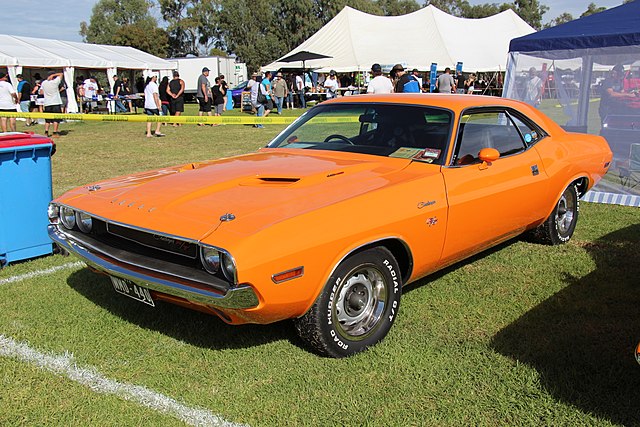
The Birth of an Icon
The Dodge Challenger was Chrysler’s response to the booming muscle car market of the late 1960s. Introduced as a direct competitor to the Ford Mustang and Chevrolet Camaro, the Challenger aimed to capture the hearts of performance enthusiasts with its bold design and powerful engine options.
The first-generation Challenger debuted in the fall of 1969 as a 1970 model, marking the beginning of a legendary era in American automotive history.
Design and Styling
The first-generation Challenger was designed by Carl Cameron, who also worked on the Dodge Charger. It featured a long hood, short deck, and wide stance, which were typical of muscle cars of that era.
The Challenger’s aggressive front end, with its split grille and quad headlights, gave it a distinctive and intimidating look. The sleek lines and muscular curves of the bodywork contributed to its aesthetic appeal, making it an instant classic.
Engine Options and Performance
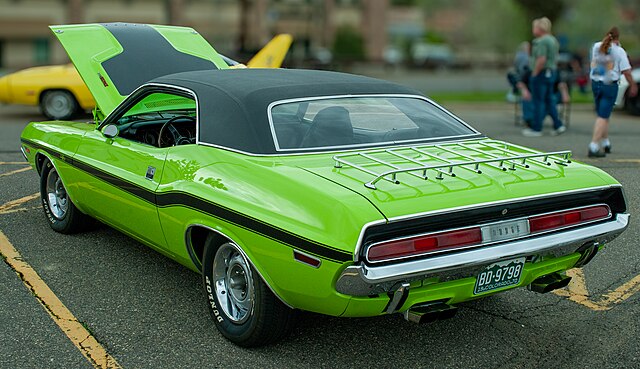
A Variety of Powertrains
One of the key selling points of the first-generation Dodge Challenger was its wide range of engine options, catering to various performance needs and budgets. The base model came with a 225 cubic inch (3.7L) inline-six engine, producing a modest 145 horsepower.
However, the real excitement lay in the V8 options, which ranged from the 318 cubic inch (5.2L) engine to the formidable 426 cubic inch (7.0L) Hemi V8.
The Legendary Hemi V8
The 426 Hemi V8 engine, often referred to as the “Elephant Motor” due to its size and power, was the crown jewel of the Challenger lineup. Producing a whopping 425 horsepower and 490 lb-ft of torque, the Hemi-powered Challenger could accelerate from 0 to 60 mph in just over 5 seconds, making it one of the fastest cars of its time.
This engine’s performance capabilities cemented the Challenger’s reputation as a true muscle car.
Transmission Options
The first-generation Challenger offered several transmission choices, including a three-speed manual, a four-speed manual, and a three-speed automatic. The four-speed manual transmission, paired with a Hurst shifter, was particularly popular among performance enthusiasts for its precise and engaging driving experience.
Variants and Special Editions
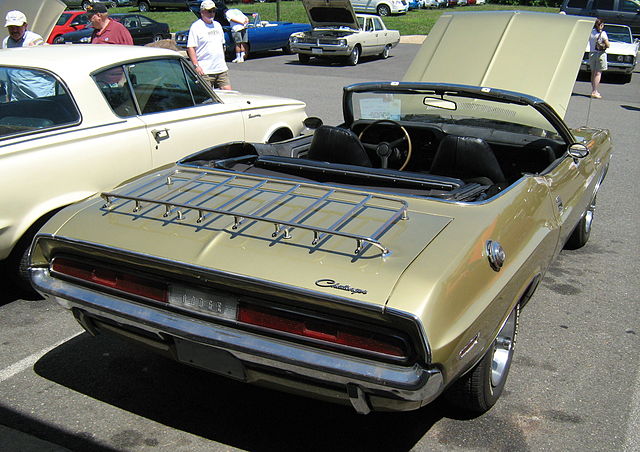
Challenger R/T
The R/T (Road/Track) model was the performance-oriented version of the Challenger, available with powerful V8 engines, including the 383 Magnum, 440 Magnum, and the 426 Hemi. The R/T featured upgraded suspension, brakes, and styling cues such as hood scoops and racing stripes, emphasizing its performance credentials.
Challenger T/A
In 1970, Dodge introduced the Challenger T/A (Trans Am) to homologate the car for SCCA Trans-Am racing. The T/A was equipped with a 340 cubic inch (5.6L) V8 engine, producing 290 horsepower. It also featured a unique fiberglass hood with a large scoop, side-exit exhausts, and distinctive graphics. The T/A was a limited-production model, adding to its desirability among collectors.
Challenger SE
The SE (Special Edition) model was aimed at buyers seeking a more luxurious muscle car experience. It included features such as a vinyl roof, leather interior, and upgraded trim, combining performance with comfort and style.
The Challenger in Popular Culture

A Hollywood Star
The Dodge Challenger’s striking design and powerful performance quickly made it a favorite in popular culture. It appeared in numerous movies and TV shows, cementing its status as a cultural icon. One of the most famous appearances was in the 1971 film “Vanishing Point,” where a white 1970 Challenger R/T played a central role, showcasing the car’s raw power and speed.
A Symbol of American Muscle
The first-generation Challenger became a symbol of American muscle cars, embodying the spirit of freedom, power, and rebellion. Its presence in car shows, drag strips, and on the streets further solidified its legendary status.
The End of an Era
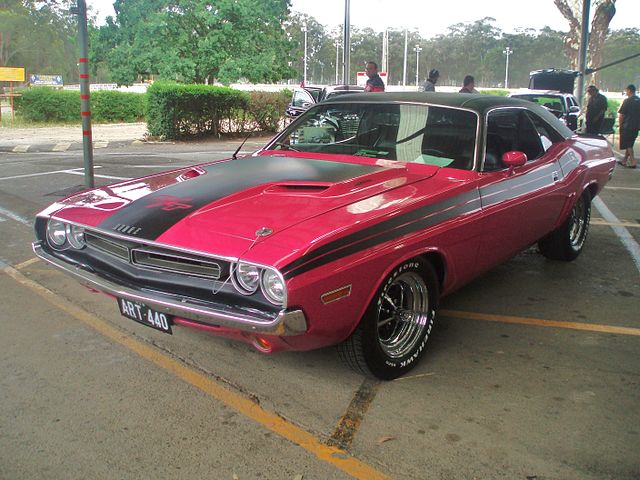
Decline and Discontinuation
By the mid-1970s, changing market conditions, stricter emissions regulations, and the oil crisis led to a decline in the popularity of muscle cars. Sales of the Dodge Challenger began to wane, and in 1974, Dodge decided to discontinue the model. The first-generation Challenger’s production run ended, but its legacy was far from over.
Collector’s Item
Today, the first-generation Dodge Challenger is highly sought after by collectors and enthusiasts. Its combination of classic design, powerful engines, and historical significance makes it a prized possession. Restored and well-preserved examples often fetch high prices at auctions, reflecting its enduring appeal.
Legacy and Revival
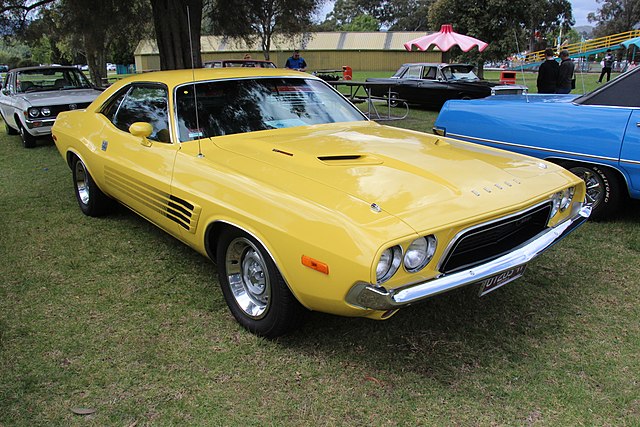
The Challenger’s Impact
The first-generation Dodge Challenger left an indelible mark on the automotive world. It set the standard for what a muscle car should be, inspiring future generations of performance vehicles. The Challenger’s blend of style, power, and performance continues to influence car design and engineering.
The Modern Challenger
In 2008, Dodge revived the Challenger nameplate with a modern interpretation of the classic muscle car. The new Challenger paid homage to its predecessor with retro-inspired styling and powerful engines, capturing the essence of the original while incorporating modern technology and comfort. The success of the modern Challenger is a testament to the enduring legacy of the first-generation model.
Conclusion
The first-generation Dodge Challenger (1970-1974) remains a quintessential example of American muscle cars. Its aggressive design, powerful engine options, and cultural impact have cemented its place in automotive history. Despite its relatively short production run, the Challenger’s legacy continues to thrive, inspiring car enthusiasts and collectors worldwide.
As a symbol of power, freedom, and rebellion, the first-generation Dodge Challenger will always be remembered as a true icon of the muscle car era.
